How Long Can Humans Outrun Extinction?
Description
In a few million years, we’re going to have to leave earth if we want to survive. But how long could we actually outrun extinction before the universe became uninhabitable to us?
Host: Reid Reimers
SciShow has a spinoff podcast! It's called SciShow Tangents. Check it out at http://www.scishowtangents.org
----------
Support SciShow by becoming a patron on Patreon: https://www.patreon.com/scishow
----------
Huge thanks go to the following Patreon supporters for helping us keep SciShow free for everyone forever:
Adam Brainard, Greg, Alex Hackman, Sam Lutfi, D.A. Noe, الخليفي سلطان, Piya Shedden, KatieMarie Magnone, Scott Satovsky Jr, Charles Southerland, Patrick D. Ashmore, charles george, Kevin Bealer, Chris Peters
----------
Like SciShow? Want to help support us, and also get things to put on your walls, cover your torso and hold your liquids? Check out our awesome products over at DFTBA Records: http://dftba.com/scishow
----------
Looking for SciShow elsewhere on the internet?
Facebook: http://www.facebook.com/scishow
Twitter: http://www.twitter.com/scishow
Tumblr: http://scishow.tumblr.com
Instagram: http://instagram.com/thescishow
----------
Sources:
https://journals.aps.org/rmp/abstract/10.1103/RevModPhys.69.337
https://www.nature.com/articles/360721a0
https://www.cambridge.org/core/journals/international-journal-of-astrobiology/article/swansong-biospheres-refuges-for-life-and-novel-microbial-biospheres-on-terrestrial-planets-near-the-end-of-their-habitable-lifetimes/023CF64F11A555FC55798825E9D1B955
https://www.cambridge.org/core/journals/international-journal-of-astrobiology/article/swansong-biospheres-ii-the-final-signs-of-life-on-terrestrial-planets-near-the-end-of-their-habitable-lifetimes/EC5E8031028203F2EA3866C170575922
https://www.nature.com/articles/248030a0
https://journals.aps.org/rmp/abstract/10.1103/RevModPhys.51.447
https://iopscience.iop.org/article/10.3847/0004-637X/823/1/6/
http://www.tulane.edu/~sanelson/Natural_Disasters/impacts.htm
https://www.biogeosciences.net/3/85/2006/bg-3-85-2006.pdf
https://www.geolsoc.org.uk/Education-and-Careers/Resources/Papers-and-Reports/~/media/shared/documents/education%20and%20careers/Super_eruptions.ashx
https://www.scientificamerican.com/article/what-may-become-of-homo-sapiens/
https://www.ncbi.nlm.nih.gov/pmc/articles/PMC1689361/pdf/9787467.pdf
https://books.google.com/books?id=hmzkCgAAQBAJ&pg=PT215#v=onepage&q&f=false
http://www.astronomy.ohio-state.edu/~pogge/Lectures/vistas97.html
https://www.space.com/22471-red-giant-stars.html
https://www.scientificamerican.com/article/the-sun-will-eventually-engulf-earth-maybe/
https://iopscience.iop.org/article/10.1088/0004-637X/733/1/39
http://askanastronomer.org/stars/2015/11/12/how-old-are-small-stars/
https://physics.aps.org/articles/v8/60
http://large.stanford.edu/courses/2011/ph240/nagasawa2/
https://www.space.com/13524-deflecting-killer-asteroids-earth-impact-methods.html
http://www.astroscu.unam.mx/rmaa/RMxAC..22/PDF/RMxAC..22_korycansky.pdf
https://academic.oup.com/mnras/article/386/1/155/977315
http://ircamera.as.arizona.edu/NatSci102/NatSci102/lectures/whitedwrf.htm
https://www.space.com/15944-milkyway-galaxy-crash-andromeda-artist-pictures.html
------
Images:
https://commons.wikimedia.org/wiki/File:Cosmic_Calendar.png
https://www.istockphoto.com/vector/planets-colorful-vector-set-on-dark-background-gm504420896-83122337
https://www.istockphoto.com/vector/abstract-barred-spiral-galaxy-gm627320718-111086633
https://svs.gsfc.nasa.gov/31028
https://www.istockphoto.com/photo/armageddon-gm525450811-51999666
https://svs.gsfc.nasa.gov/12613
https://www.videoblocks.com/video/ripples-of-sand-flow-on-top-of-sand-dune-5vhj-4s
https://www.videoblocks.com/video/3d-animation-of-flying-over-group-of-bacterias-medical-video-background-b-oi0s8igjfpg1nx8
https://images.nasa.gov/details-PIA04591.html
https://www.istockphoto.com/vector/watercolor-green-trees-gm941681746-257371591
https://commons.wikimedia.org/wiki/File:PIA17202_-_Approaching_Enceladus.jpg
https://solarsystem.nasa.gov/resources/102/natural-and-false-color-views-of-europa/?category=moons/jupiter-moons_europa
https://www.spacetelescope.org/videos/hubblecast52c/
https://www.spacetelescope.org/images/potw1343a/
https://svs.gsfc.nasa.gov/20248
https://www.nasa.gov/mission_pages/hubble/science/milky-way-collide.html
https://www.spacetelescope.org/videos/hubblecast64b/
https://svs.gsfc.nasa.gov/30956
https://www.spacetelescope.org/videos/hubblecast52e/
https://svs.gsfc.nasa.gov/4183
https://map.gsfc.nasa.gov/media/121238/index.html
https://www.videoblocks.com/video/colorful-future-background-with-different-block-figures-moving-to-the-camera-lens-flares-effect-seamless-loop-s9kifljszj4we5cmi
https://www.nasa.gov/image-feature/nasa-earth-data-helps-scientists-to-understand-our-home-planet/
https://www.istockphoto.com/vector/interstellar-travel-in-a-spaceship-gm886180226-246114992


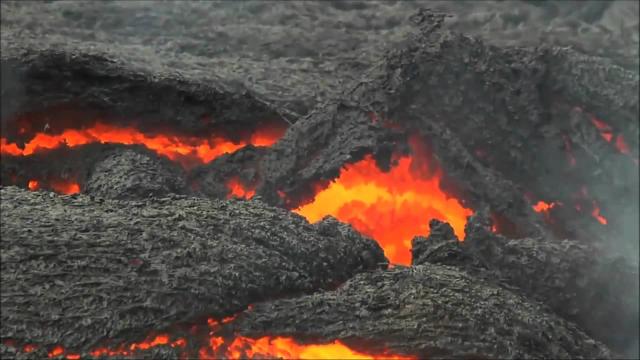
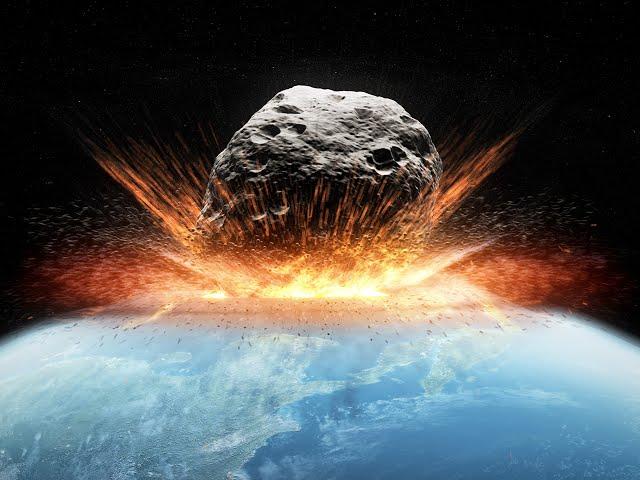


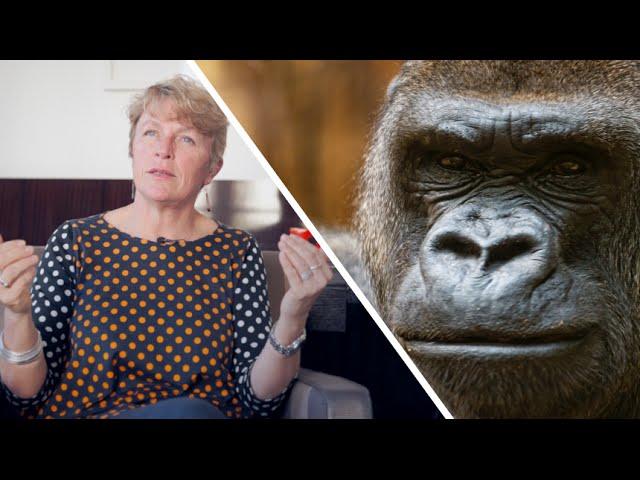
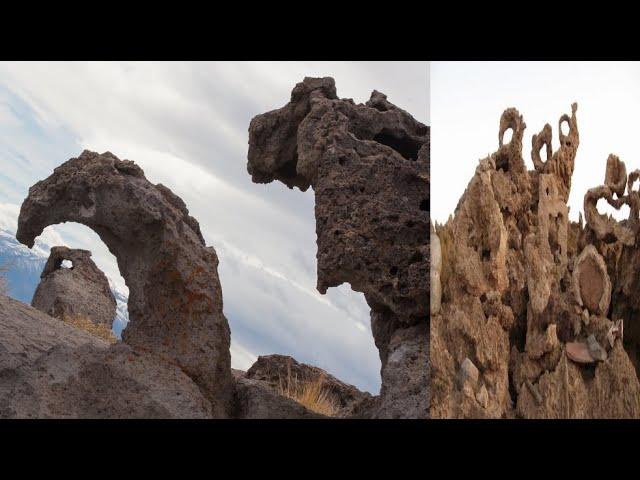

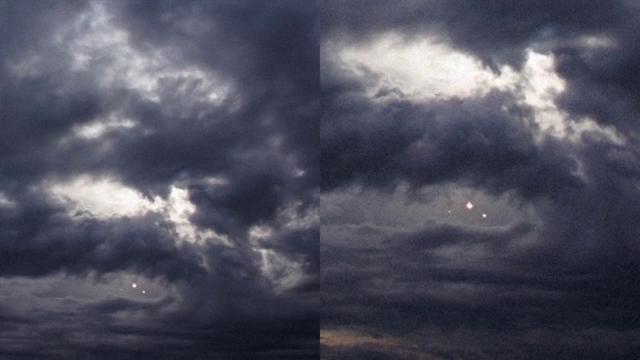





Comments